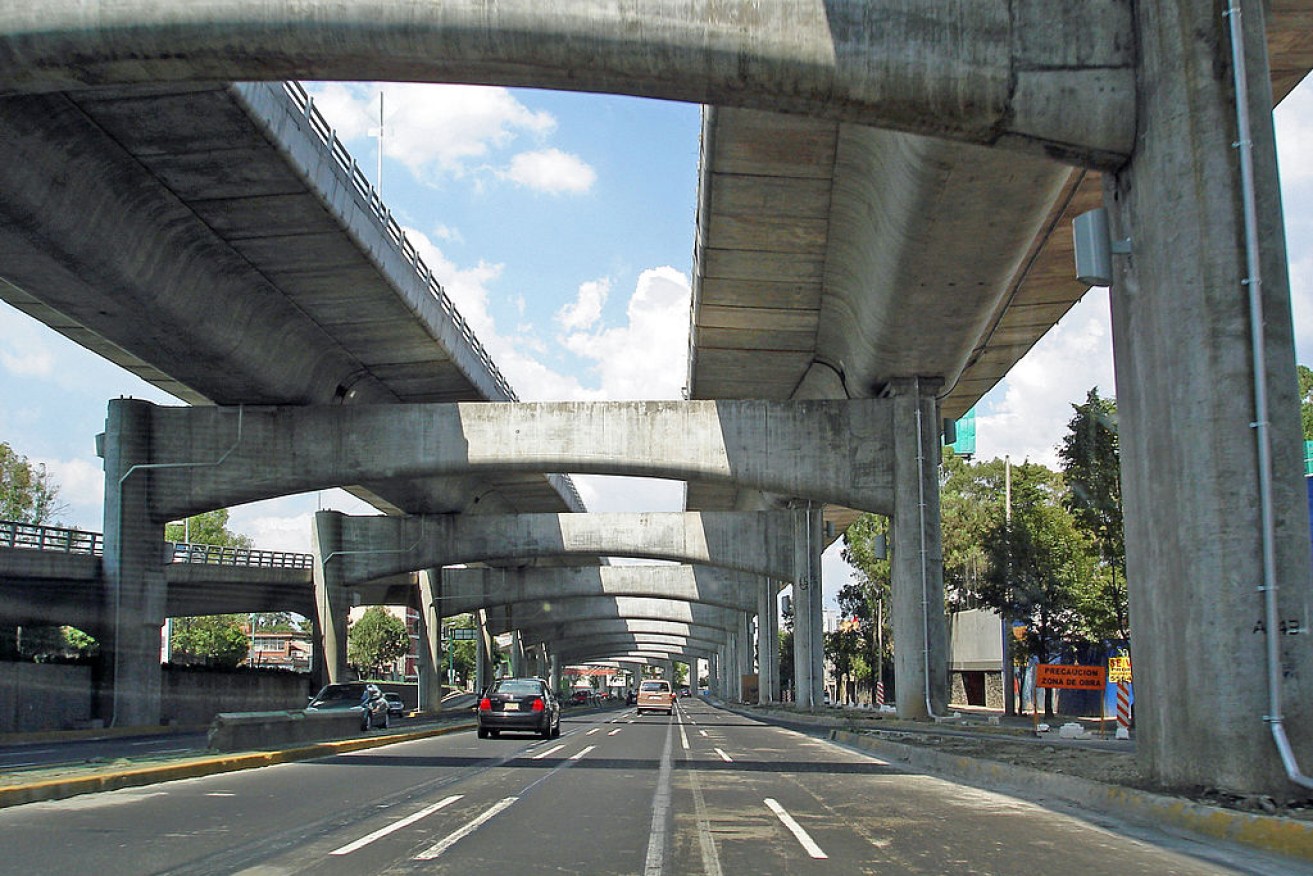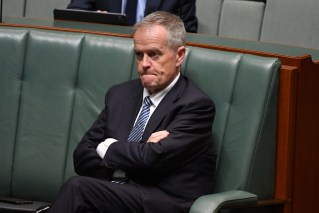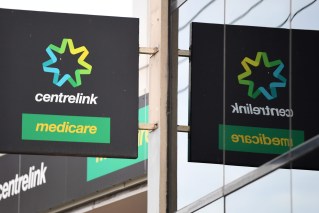Mexico City could teach us a few things about infrastructure
How does one of the world’s biggest cities address its infrastructure challenges? With inventiveness, writes Robert MacDonald from Mexico City


Anillo Periferico, Mexico City. (Photo by Autvladimix on Flickr)
Mexico City — where I once lived and where I am at the moment — could teach Queensland a few things about infrastructure.
It is one of the biggest and, for a long time, one of the fastest-growing cities in the world. Its population has more than doubled since the early 1970s — to more than 21 million today.
This means it has always had to be inventive when it comes to solving the challenges that come with such massive growth.
Here’s the problem: You’ve got a four-lane arterial road, which has reached capacity.
It’s in a well-established and, importantly, fancy neighbourhood, with no opportunities for resumptions.
The solution? Simply paint out the existing lane markers and divide the road into three narrower lanes in each direction.
That’s exactly what they did to the northern extension of one of Mexico City’s more important roads, the elegantly named Paseo de la Reforma, some decades ago.
It sounds like an urban myth but locals swear it’s true, as, surely, would anyone who’s driven this stretch of road.
You need the skill and nerves of a Holden Precision Driving Team member to navigate your way safely around sweeping curves, hemmed in by mature trees on one side and traffic just centimetres away from you in the next lane.
But still, a practical solution for a place like Mexico City where drivers are used to close quarters, road rules are flexible and, and strangely, there is very little road rage, my theory being most people are just too busy concentrating on surviving to waste any time getting angry.
On reflection though, not such a good solution for a place like law-abiding Brisbane and its turf-protecting drivers.
Perhaps this is a better idea:
Mexico City’s solution to overcrowding on a key section of one of its most important ring roads — the Periférico — 15 years ago, was brilliant in its simplicity; just build a second-storey right on top of the existing freeway.
Again, you need the nerves and know-how of an experienced Mexico City motorist to navigate your way up and down from the upper level but it seems to work.
Something to keep in mind for the day we declare the Gold Coast Highway at capacity.
And if you ever wanted an object lesson on how not to handle a massive infrastructure project, there’s the now-abandoned New Mexico City Airport.
Mexico’s leftist President Andres Manuel Lopez Obrador honoured a pre-election promise and killed off the US$13 billion project after he came of office in October 2018.
The decision made no economic sense. Not only does Mexico City desperately need a new airport but also more than US$5 billion had already been spent on the new facility designed in a collaboration between British starchitect Norman Foster and local architect Fernando Romero, son-in-law of Mexico’s richest man Carlo Slim.
It was to have been Mexico’s biggest construction project in a century and the world’s third-largest airport.
And that was the problem. Opponents of the new airport argued it was just too fancy, more expensive and grander than Mexico City needed. Obrador and others also alleged corruption and mistreatment of local landholders.
In addition, the new airport was the landmark project of the previous president, Enrique Pena Nieto, from Mexico’s traditional ruling party, the Institutional Revolutionary Party, which once counted Obrador among its members before he quit years ago to move further to the left.
In other words, whatever the pros and cons of the project, raw politics was at the heart of Obrador’s decision, a leftist man of the people getting rid of an ostentatious and allegedly corruption-prone initiative of his pro-business predecessor.
And that’s always the challenge for governments when they stake their credibility on a massive new piece of capital works — say a $5.4 billion rail link under the Brisbane River; unless you’ve got everyone onside you’re going to cop flak every step of the way.
And the best way to keep the public onside is to be as transparent as possible about the progress of your project.
The Queensland Government’s recent decision to sack the 10-member board overseeing the Cross River Rail project and put the responsible minister, Kate Jones, in direct control of the project, is being sold as a government’s determined efforts to keep the contractors honest.
But, if you wanted to be sceptical, it could also be seen as keeping everything as in-house as possible. Who wants a presumably apolitical and independent 10-member board hanging around if things aren’t going as you hoped?
The State Government is going to have to give us a lot more reassurance between now and October that it has everything under control if wants to be still in charge when Cross River rail opens for business — currently scheduled for 2024.
That’s assuming no one decides to pull the plug before then.












